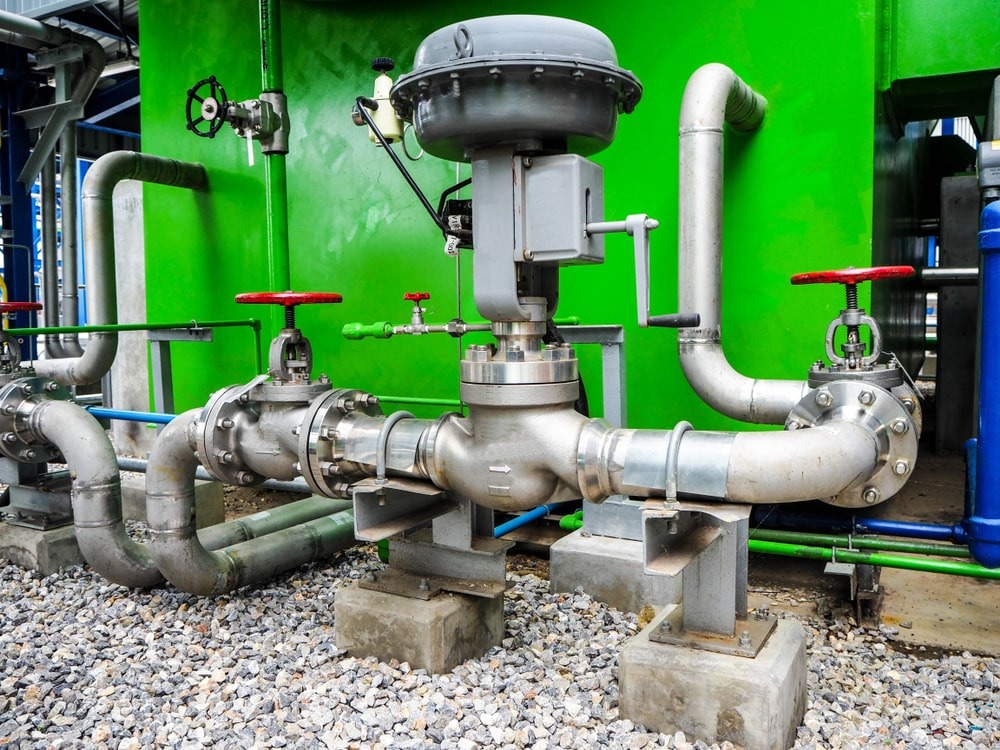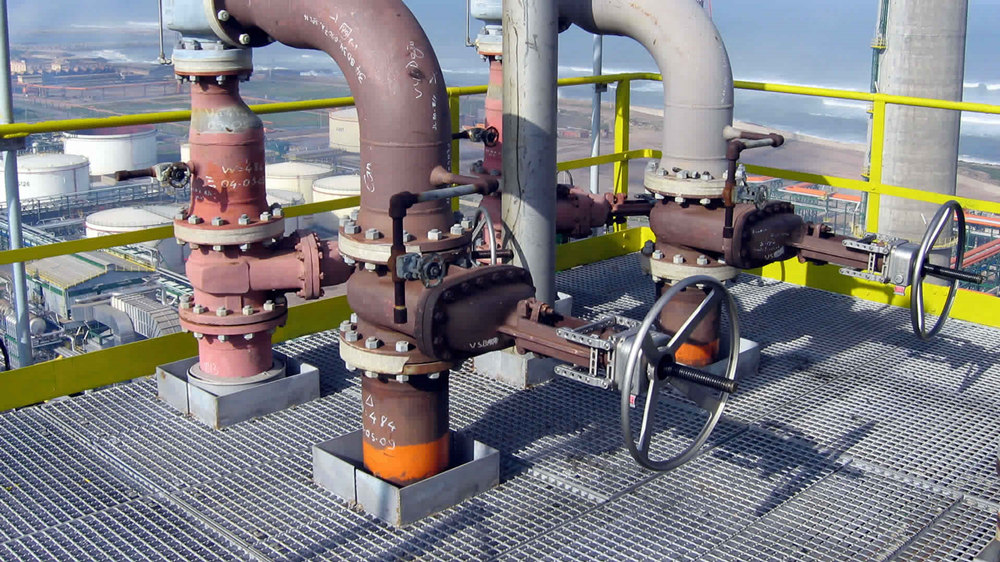Nine Mistakes in Valve Installation
1. Bolts are too long
Valve bolts, only one or two threads over the nut. Reduces the risk of damage or corrosion. Why buy a bolt longer than you need? Often, the bolts are too long because someone doesn't have time to calculate the correct length, or the individual simply doesn't care what the end result looks like. This is lazy engineering.
2. The control valve is not isolated
Although the isolation valve takes up valuable space, it is important to allow personnel to work on the valve when maintenance is required. If space is limited, if the gate valve is considered too long, at least install the butterfly valve, which takes up hardly any space. Always keep in mind that it is easier to work with them and perform maintenance tasks more efficiently when you have to stand on them for maintenance and operation.
3. No pressure gauge or device is installed
Some utilities like to calibrate testers, and these facilities often do a good job of providing their field personnel with connections to test equipment, but some devices even have interfaces for mounting accessories. Although it is not specified, it is designed so that the actual pressure of the valve can be seen. Even with the supervisory control and data acquisition (SCADA) and telemetry capabilities, someone at some point will stand next to the valve and need to see what the pressure is, and that's so convenient.
4. The installation space is too small
If installing a valve station is a hassle, which may involve digging concrete, etc., don't try to save that cost by making it as little installation space as possible. Basic maintenance at a later stage would be very difficult. Also keep in mind that the tool can be very long, so you must set the space to allow for the release of the bolt. You also need some space, which allows you to add devices later.
5. Later disassembly is not considered
Most of the time, installers understand that you can't connect everything together in a concrete chamber without needing some type of connection to remove parts at some future time. If all the pieces are tightly tightened and there are no gaps, pulling them apart is almost impossible. Whether it is a groove coupling, flange joint or pipe joint, it is necessary. In the future, parts may sometimes need to be removed, and while this is not usually a concern of the installation contractor, it should be a concern of the owner and engineer.
6. Install concentric reducers horizontally
This may be nitpicking, but it is worth paying attention to. Eccentric reducers can be installed horizontally. Concentric reducers are mounted in vertical lines. In some applications it is necessary to install in horizontal lines and to use an eccentric reducer, but this problem usually involves cost: concentric reducers are cheaper.
7. Valve Wells that do not allow drainage
All the rooms are wet. Even during valve startup, water will fall to the floor at some point as air drains out of the bonnet. Anyone in industry at any time has seen a waterlogged valve, but there's really no excuse (unless, of course, the entire area is flooded, in which case you have bigger problems). If a drain pipe cannot be installed, use a simple drain pump, assuming a power source is available. In the absence of power, a float valve with an ejector will effectively keep the chamber dry.
8. Do not exclude air
As the pressure drops, air is expelled from the suspension and transferred to the pipe, which can cause problems downstream of the valve. A simple bleed valve will get rid of any air that may be present and will prevent downstream problems. A bleed valve upstream of the control valve is also effective because the air in the guiding line can cause instability. Why not remove the air before it reaches the valve?
9. Spare taps
This may be a minor problem, but it is always helpful to have spare taps in the chambers upstream and downstream of the control valve. This setting provides convenience for future maintenance, whether it is connecting hoses, adding remote sensing to control valves or adding pressure transmitters to SCADA. For the small cost of adding accessories at the design stage, it significantly increases usability in the future. Making maintenance tasks more difficult because everything is covered in paint, so nameplates can't be read or adjusted.

